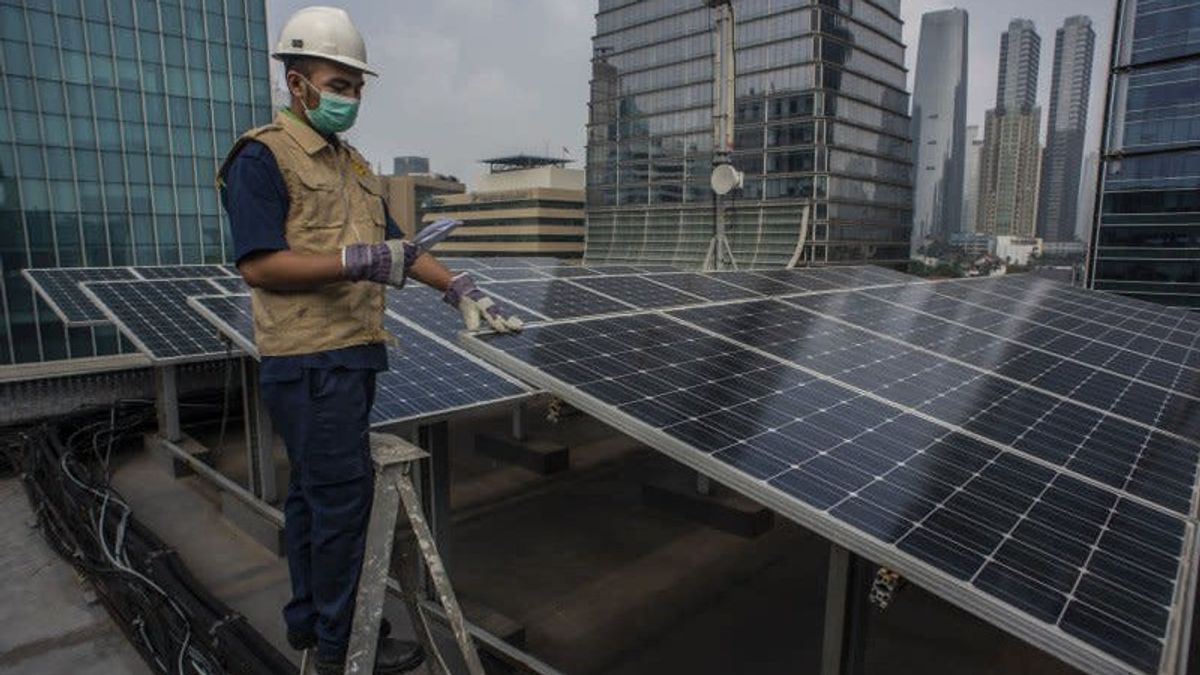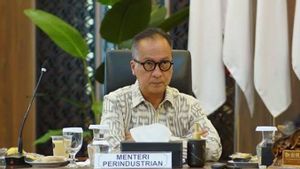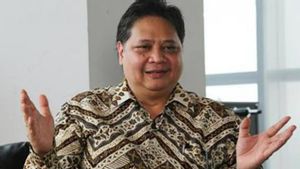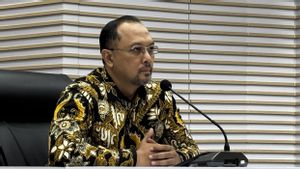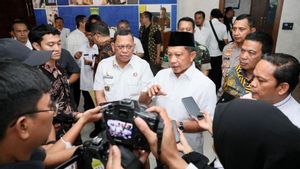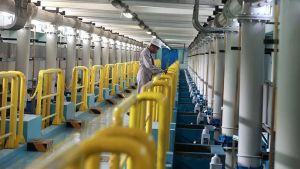JAKARTA - The Director General of New, Renewable Energy and Energy Conversion (EBTKE) of the Ministry of Energy and Mineral Resources, Dadan Kusdiana, revealed that the cost of installing Solar Power Plants (PLTS) fell 80 percent.
According to him, this is because domestically made PLTS has updated the technology so that it is more efficient so that PLTS installation is now more affordable.
For this reason, he asked the public to take advantage of the opportunity to install PLTS so that people can use energy that is more environmentally friendly and cost-effective.
"There is a decrease in terms of capital costs or capex for PLTS renewable energy or solar power. Currently there are technological improvements and increased efficiency, so that the installation cost per kwh is getting lower," said Dadan in Jakarta, Tuesday, August 23.
While on the other hand, said Dadan, the Ministry of Energy and Mineral Resources has made a series of breakthroughs so that investors are interested in investing in the new and renewable energy sector and the selling price is still affordable by the public.
"One of them is by issuing a Presidential Regulation on New Renewable Energy. This EBT Presidential Regulation is almost finished in a few days and will be up to the President for approval," he continued.
In this Presidential Regulation, Dadan continued, the government wants to attract investors to invest in Indonesia so that the selling price can still be reached by the wider community.
"Solar panels can also save electricity costs at home. Utilization of solar panels can not only be implemented in households, but can also be used in places of business, schools, houses of worship, hospitals, and universities," he explained.
Furthermore, he added, the use of solar panels will help reduce greenhouse gas (GHG) emissions, because these devices can be used to heat, cool, and illuminate rooms with relatively low emissions.
In the Paris Agreement, Indonesia has committed to reduce greenhouse gas emissions by 29 percent on its own and up to 41 percent with international support by 2030.
Previously, the Head of Planning for the Ministry of National Development Planning/Bappenas Jadhie J Ardajat targeted the electricity sector to contribute 5.3 percent of Indonesia's total commitment of 29 percent in reducing greenhouse gas emissions by 2030.
It targets Indonesia's energy sector as a whole to contribute 11 percent in reducing greenhouse gas emissions by 2030, which is divided by 5.3 percent from the electrical energy sector and 5.7 percent from transportation, manufacturing and others.
The English, Chinese, Japanese, Arabic, and French versions are automatically generated by the AI. So there may still be inaccuracies in translating, please always see Indonesian as our main language. (system supported by DigitalSiber.id)
